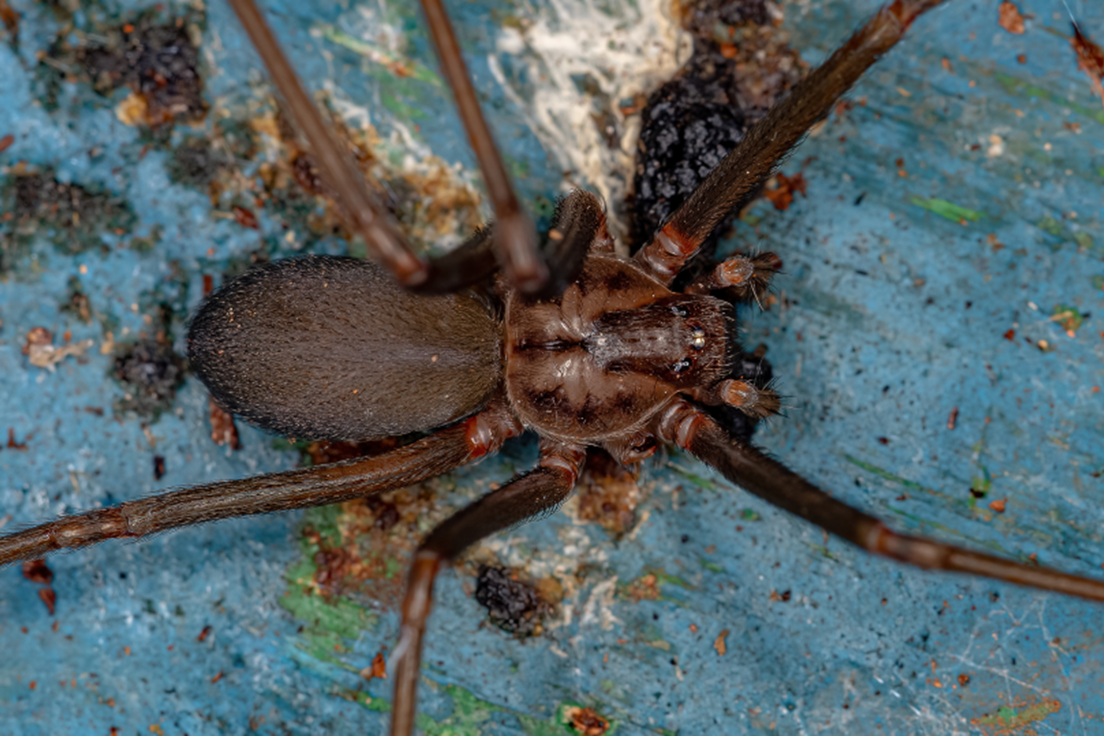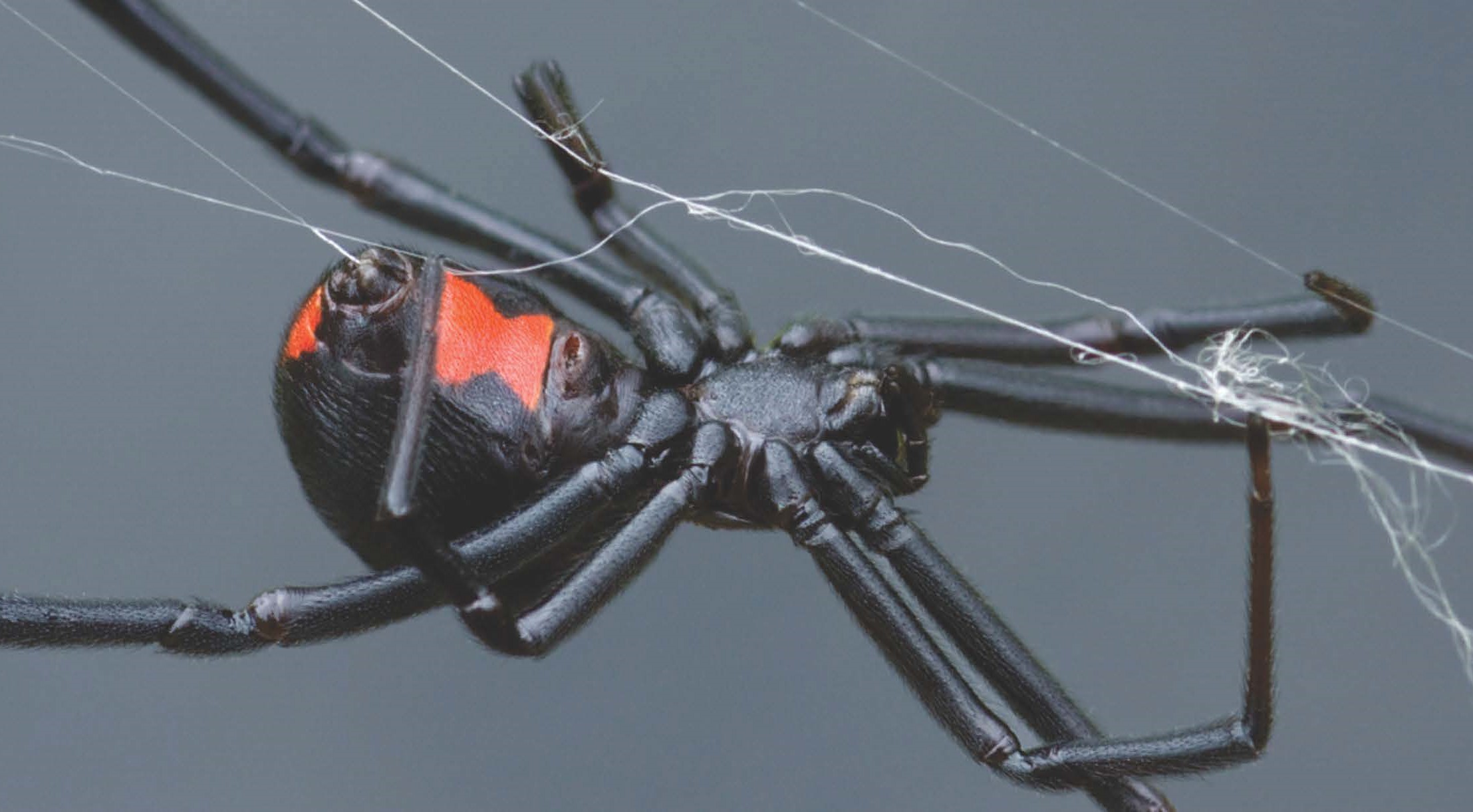Black Widow and Brown Recluse, Dangerous Spiders in Kentucky
By: Ellen Brightwell
"The black widow and brown recluse are timid and only bite in response to the threat of injury." Mike Potter, UK Extension Entomologist
Out of the hundreds of spider species found in Kentucky, the black widow and brown recluse are the only two whose poisonous bites may cause serious health threats. Fortunately, both spiders are relatively uncommon and have distinctive markings that make them easy to identify from other species.
"The black widow and brown recluse are timid and only bite in response to the threat of injury," said Mike Potter, Extension entomologist with the University of Kentucky College of Agriculture. "Most bites take place when their hiding places are disturbed and the spiders feel threatened. “Black widows are the most notorious of the spiders capable of inflicting a poisonous bite.
Widow spiders belong to the cobweb spider family and spin loosely organized trap webs typically found outside under rocks, ground trash, overhanging embankments, and in homes under appliances or heavy furniture. These spiders usually bite when someone reaches under furniture or lifts furniture under which they are hiding.
A female black widow is shiny black with a red hourglass mark on the underside of her abdomen. On some varieties, this mark is reduced to two separate spots. Spiderlings and male spiders are smaller and have several red dots on the upper side of the abdomen. “Black widow venom is a rapidly acting nerve toxin that causes painful abdomen rigidity and usually chest tightness," Potter said. "First aid involves cleaning the wound and applying ice packs to slow down venom absorption. Victims should immediately seek medical attention. An antivenin is available for serious cases.“
As its name implies, the brown recluse hides in dark niches during the day and roams at night seeking its prey. The brown recluse is shy and will try to run from a threatening situation. However, it will bite if cornered. This may occur when someone puts on a shoe or piece of clothing in which the spiders have hidden during the day, or as a person unpacks boxes or sorts through clutter. Sometimes people are bitten while asleep because they roll over onto a brown recluse that is hunting in the bed.
Most adult brown recluses are about the size of a dime to a quarter with legs extended. Their colors range from tan to dark brown with abdomens usually darker than the rest of the body. Adults have one feature that distinguishes them from other harmless spiders. It is a violin-shaped marking on the top of the leg-bearing section. The violin neck points toward the rear of the spider.
A brown recluse bite usually is painless for the first three to eight hours; then it becomes red, swollen, and tender. An ulcerous sore may develop around the red area. Healing may take a month or longer and the victim may have a deep scar. Seeking prompt medical attention can reduce the ulceration and alleviate other complications. In rare cases, a brown recluse bite can produce a severe systemic reaction that results in death.
“Anyone bitten by a spider they believe is a brown recluse or black widow should try to collect the specimen and take it to an expert for identification," Potter said. "Expert, positive identification will help the physician confirm the appropriate treatment."



